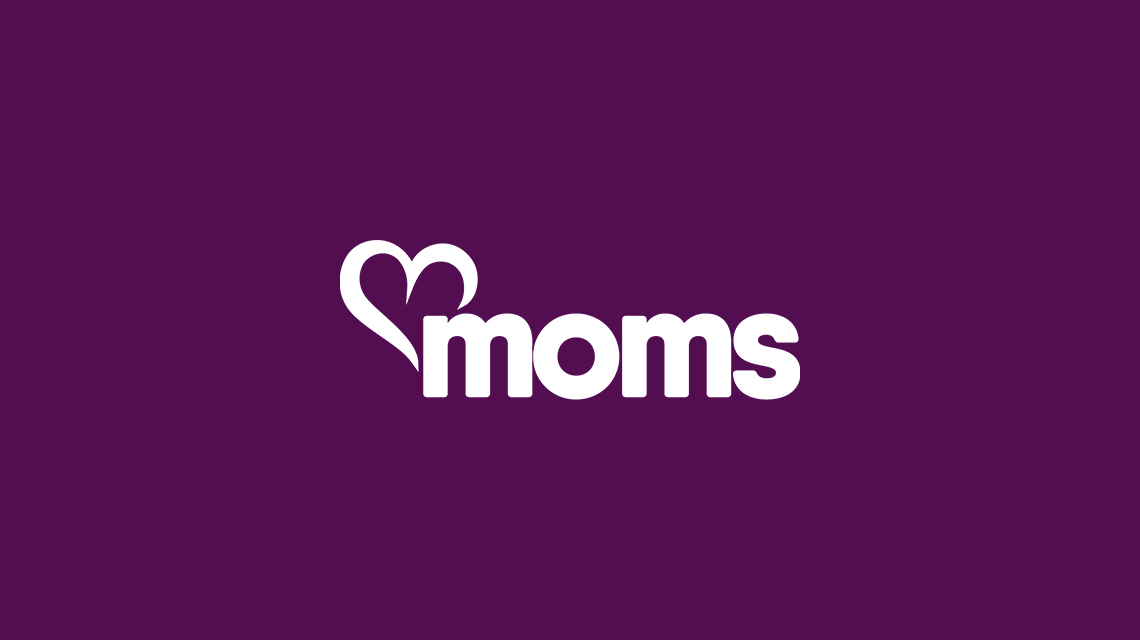If you're a dog owner, you know the struggle is real when it comes to grooming your dog. They are very fussy shower takers, run away when they need their ears to be cleaned, and the most dramatic pups when it comes to cutting nails. Therefore, you also know that brushing their teeth can be quite the challenge. However, it is recommended to brush your dog's teeth daily. That's right. Daily.
How Often Do I Brush My Dog's Teeth?
Of course, this varies. If your dog's mouth is healthy, you can afford to brush his/her teeth every alternate day. However, it is recommended to brush daily. How does one achieve this herculean task? Fret not.
The easiest way to tackle this is by having a routine. Just like you do with your pup's food timings, walk timings, and other activities, set a time for brushing their teeth as well. The more the become used to the routine, the less fussy they will become.
What Happens If I Don't Brush My Dog's Teeth?
Just like with humans, the dog is also at risk of getting common mouth infections such as plaque, gum disease, tooth decay, and of course the obvious, bad breath. You don't want any of these infections spreading and causing further complications. A dog cannot communicate their discomfort to you, so it is ideal to be thorough will all our hygienic practices on our paw-friends.
How Do I Brush My Dog's Teeth?
It's not complicated. You will need the right supplies - a toothbrush made for dogs and dog toothpaste (which come in some fun flavors such as peanut butter). Be sure to never use human toothpaste as it could end up upsetting your dog's stomach. The important thing to keep in mind when you start the process of brushing your dog's teeth is to ensure that they are calm. If your dog is anxious, running away, or whining, you may want to try again later when they are more relaxed.
Some Helpful Tips
According to Pets WebMD, it's best to start regularly brushing your dog's teeth from their puppy years. This will help them get used to the activity and build up that routine. Another helpful tip when you're starting is to touch your dog's gums. This will help them get comfortable with the idea of something touching their teeth/gums when you are cleaning them.
Have your dog taste the toothpaste before you use it. This helps them get used to the texture of it as well. If after a few days they refuse to taste it again, or they have some sort of stomach upset from the first taste, you can switch it out for another flavor or brand.
When you start using the toothbrush on your dog (once they get used to having something in their mouth), be sure to brush their teeth in small circles. When the brush touches the gums, it could bleed and that's okay. However, look out for signs of excessive bleeding or constant bleeding. You may need to contact your vet if this occurs.
Lastly, be sure you talk to your pet through out the process, and keep reassuring them that they are doing a good job. This is an anxious process for them, and keeping them calm will help make it easier for you and for your paw-friend.

